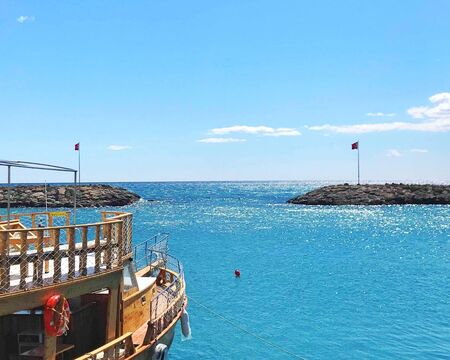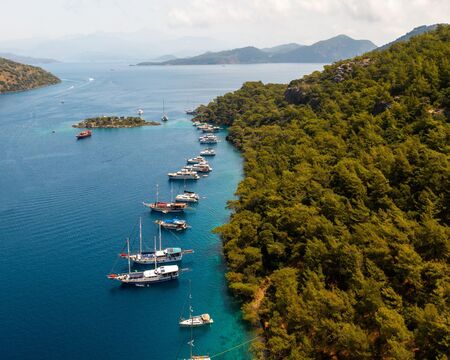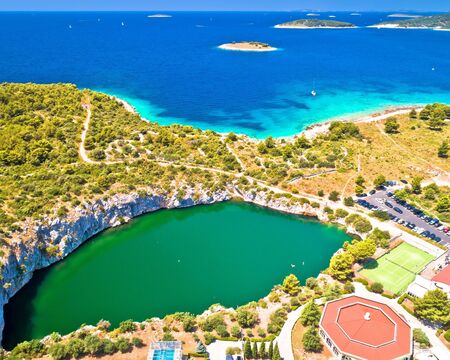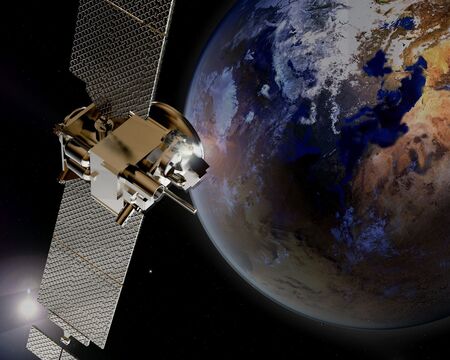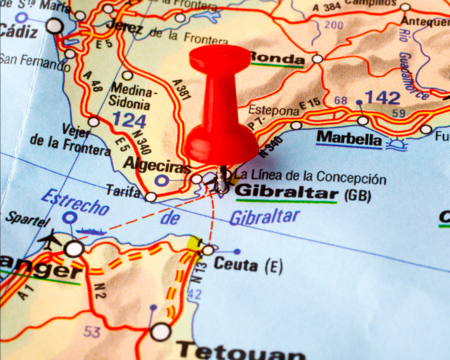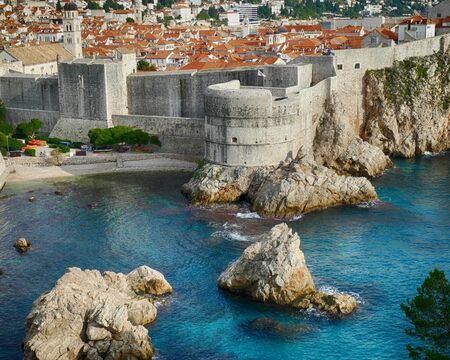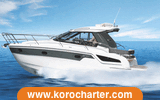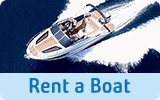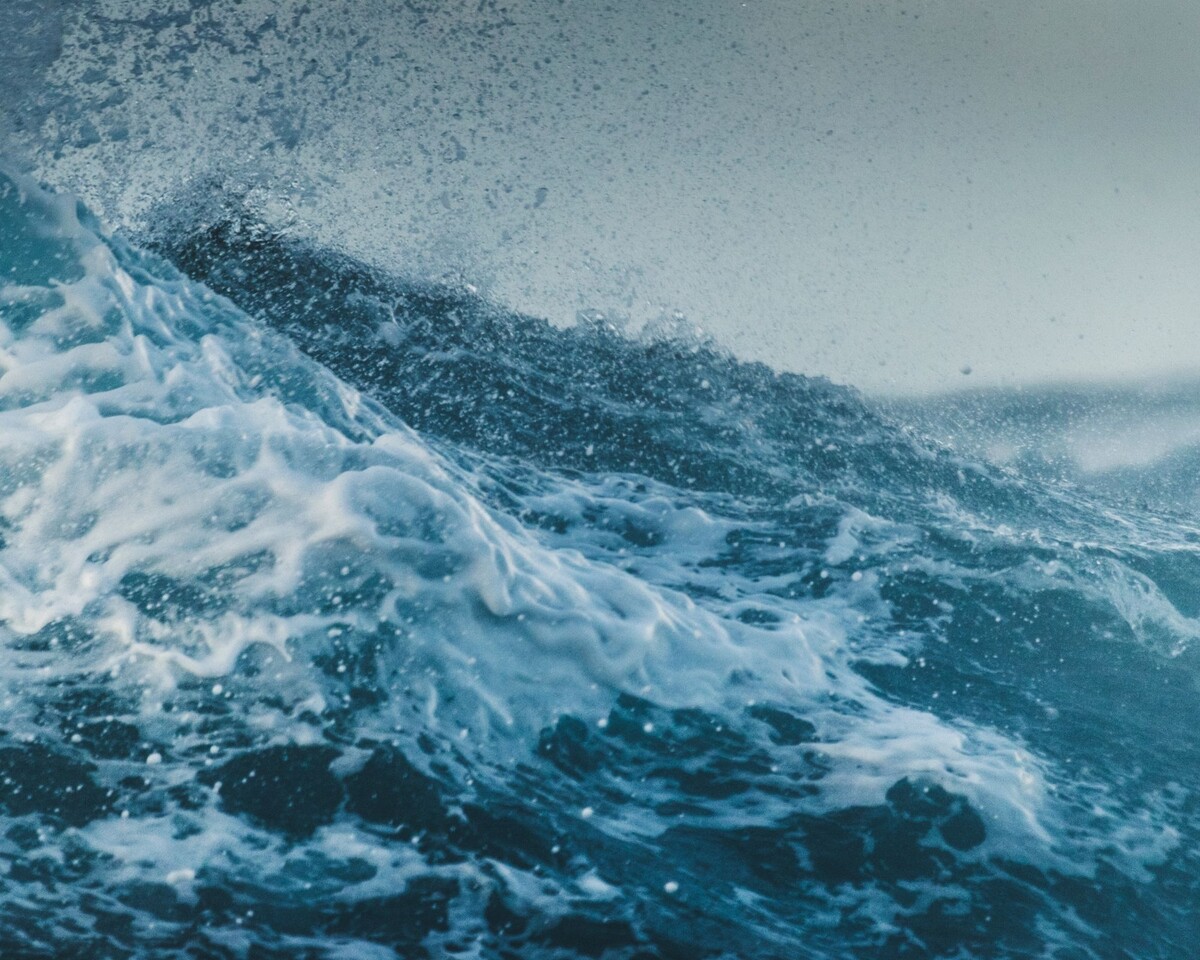
What makes Drake Passage most dangerous sailing route?
Do you like adventure? Yes for sure, but sailing Drake Passage with a small sailing yacht is more than an adventure. It is the most dangerous sailing route. We list all the reasons to keep you at home and watch YouTube videos about Drake Passage instead of passing through.
Drake Passage is considered one of the most dangerous maritime routes due to several key factors:
Extreme Weather Conditions: The passage is infamous for its fierce winds, often reaching gale force or higher. These winds, combined with rapidly changing weather patterns, can generate massive waves and intense storms that pose significant risks to ships.
Rogue Waves: Strong winds and currents in the Drake Passage can give rise to exceptionally large rogue waves, which can reach heights of over 30 meters (100 feet). These unpredictable waves pose a grave threat to vessels, potentially causing them to capsize or suffer severe damage.
The video below shows the effect of the waves from a big cruise ship:
Icebergs and Ice Floes: Although not as prevalent as in polar regions, icebergs and ice floes are still present in the Drake Passage, particularly during the austral summer. These floating hazards increase the risk of collisions and damage to ships, especially in poor visibility or rough seas.
Narrowness and Shallow Waters: Despite being one of the widest oceanic passages, Drake Passage is relatively narrow and shallow compared to other major ocean crossings. This can lead to steep and confused seas, further challenging navigation and increasing the likelihood of accidents.
Remote Location and Limited Assistance: Drake Passage is situated far from major ports or rescue facilities, making assistance slow to arrive in the event of an emergency. The remote and inhospitable nature of the surrounding Antarctic region adds to the challenges of conducting rescue operations.
Isolation and Harsh Conditions: The passage is surrounded by the hostile environment of the Southern Ocean and Antarctica, characterized by extreme cold, ice, and isolation. These conditions create additional risks for ships and crew, amplifying the dangers associated with navigating the Drake Passage.
Also the currents in Drake Passage make it dangerous in these ways:
Antarctic Circumpolar Current (ACC): This current flows fast from west to east around Antarctica. It's the widest and fastest ocean current globally. In Drake Passage, it speeds up more, making the seas turbulent and unpredictable.
Confluence of Currents: Other currents from the Atlantic and Pacific Oceans meet in Drake Passage. These include the Falkland Current from the north and the West Wind Drift from the south. When these currents combine, they intensify the water flow, creating whirlpools and turbulent conditions.
Tidal Currents: While not as significant, tidal currents also affect Drake Passage. They're not as strong as in other places, but they can still influence navigation, especially when combined with the powerful ACC. These tidal currents can make it even harder for ships to navigate through the passage.
Effect on Navigation: The currents in Drake Passage pose challenges for navigation. Ships must deal with strong and unpredictable currents that affect their speed, direction, and stability. Navigating against the current requires a lot of power and fuel, while going with it demands careful attention to avoid getting off course or into danger zones.


